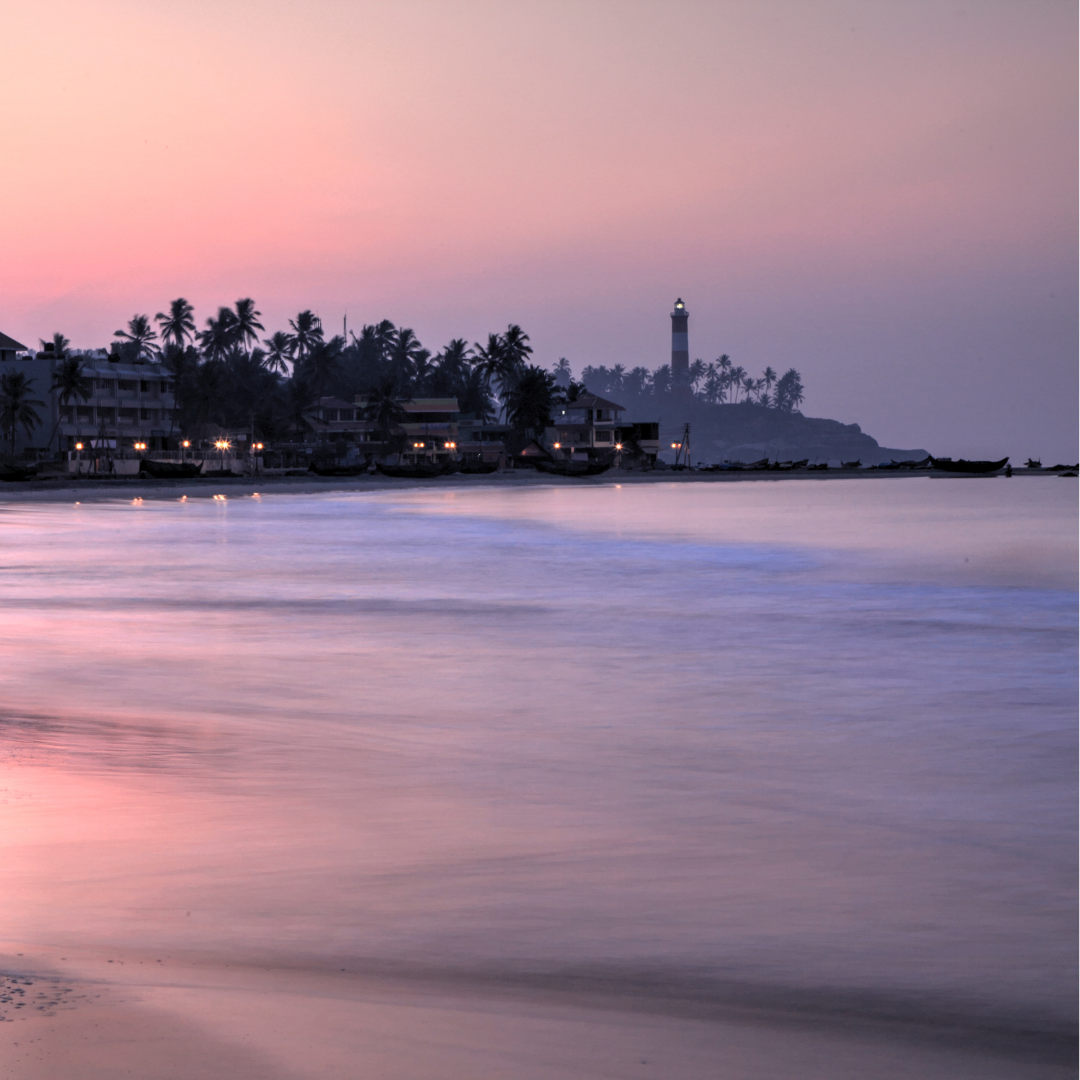South India’s Geographical Diversity


South India in August tends to be blisteringly hot. Having primarily experienced life in the South Indian city of Chennai during the dog days of August, it was humid, sweaty heat that characterized the weather of the region. But the region has much more to offer, though the cities are incredible centers of industry and history as well.
For instance, consider paying the cool and startlingly beautiful hilly regions of South  India a visit. They are cool in temperature as well as in overall coolness: Kodaikanal and Ooty are two stunning, mountainous regions to visit. The mountains seem stretch on forever, and the climate in these elevated villages is much more temperate than it is in more heavily populated, concrete-ized cities. The problem of urban heat is affecting India as much as blacktop-paved cities in the United States. Many believe that more greenery could be the answer. It would be very interesting for India to pursue urban greenery projects such as green roofs.
India a visit. They are cool in temperature as well as in overall coolness: Kodaikanal and Ooty are two stunning, mountainous regions to visit. The mountains seem stretch on forever, and the climate in these elevated villages is much more temperate than it is in more heavily populated, concrete-ized cities. The problem of urban heat is affecting India as much as blacktop-paved cities in the United States. Many believe that more greenery could be the answer. It would be very interesting for India to pursue urban greenery projects such as green roofs.
Entire hillsides in Kodaikanal this August were covered in lantana, a vivid, flowery bush that attracts pollinators like bees and hummingbirds. The mountains get quite cold in the evenings, but the warm daytime temperatures and humid conditions are conducive to a vast, diverse array of plants and wildlife. On a short trip to these spots, several types of monkeys, peacocks, bison, and a turtle were spotted.
 Madras, Tamil Nadu, is also home to one of the world’s longest coastlines. The waves are incredible, huge and powerful, but the riptide can be extremely dangerous. Facing the Bay of Bengal, the coastline of Tamil Nadu is over 1,000 kilometers long, beginning from Kanyakumari located at India’s southernmost tip to Chennai and Mahabalipuram in the north. It’s startlingly beautiful at times- the light, colorful sky, and the expansive Indian Ocean stretching on and on ahead. As we’ve described in the article about Cheran, Chozhan, and Pandiyan, in May 2023, many of the Tamil dynasties of kings were seafarers. It’s astounding to move swiftly between urban coastline, and just a few kilometers away, rural rice paddies. Traditionally, it seems that the Mahanadi River divides the Indian subcontinent between the north and the south. One article will never be enough to explore all the region has to offer, not even if that article was 100,000 words and full of pictures. It’s something that needs to be experienced.
Madras, Tamil Nadu, is also home to one of the world’s longest coastlines. The waves are incredible, huge and powerful, but the riptide can be extremely dangerous. Facing the Bay of Bengal, the coastline of Tamil Nadu is over 1,000 kilometers long, beginning from Kanyakumari located at India’s southernmost tip to Chennai and Mahabalipuram in the north. It’s startlingly beautiful at times- the light, colorful sky, and the expansive Indian Ocean stretching on and on ahead. As we’ve described in the article about Cheran, Chozhan, and Pandiyan, in May 2023, many of the Tamil dynasties of kings were seafarers. It’s astounding to move swiftly between urban coastline, and just a few kilometers away, rural rice paddies. Traditionally, it seems that the Mahanadi River divides the Indian subcontinent between the north and the south. One article will never be enough to explore all the region has to offer, not even if that article was 100,000 words and full of pictures. It’s something that needs to be experienced.
The fast-moving rivers, majestic mountains, tropical vegetation, and incredibly biodiverse fauna, contrasted with the hilly, red clay farmland and busy villages, set a rich and interesting stage for life in Tamil Nadu.
If you’ve visited or have recommendations for other beautiful corners of the world, we want to hear from you! 🗺









